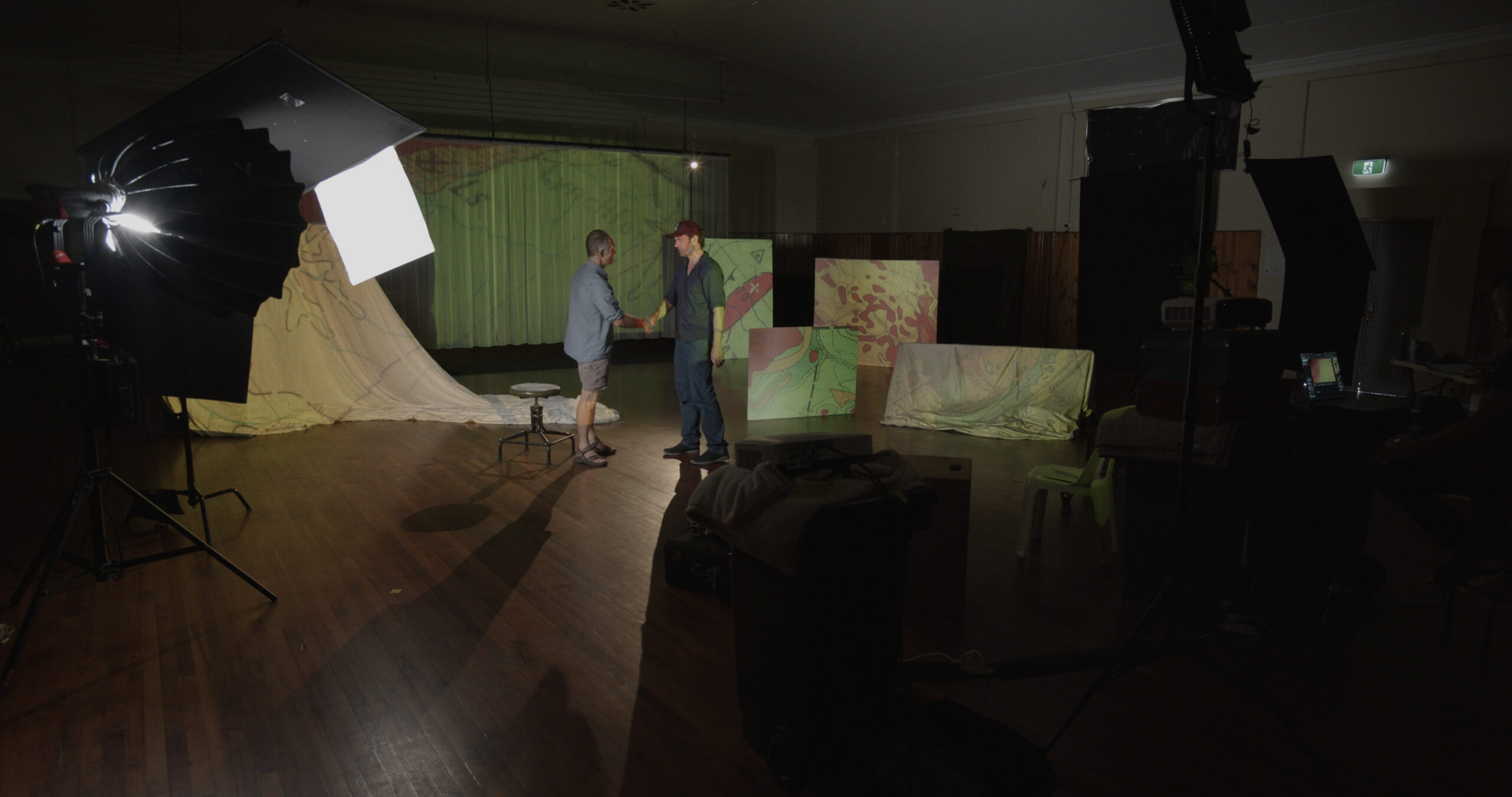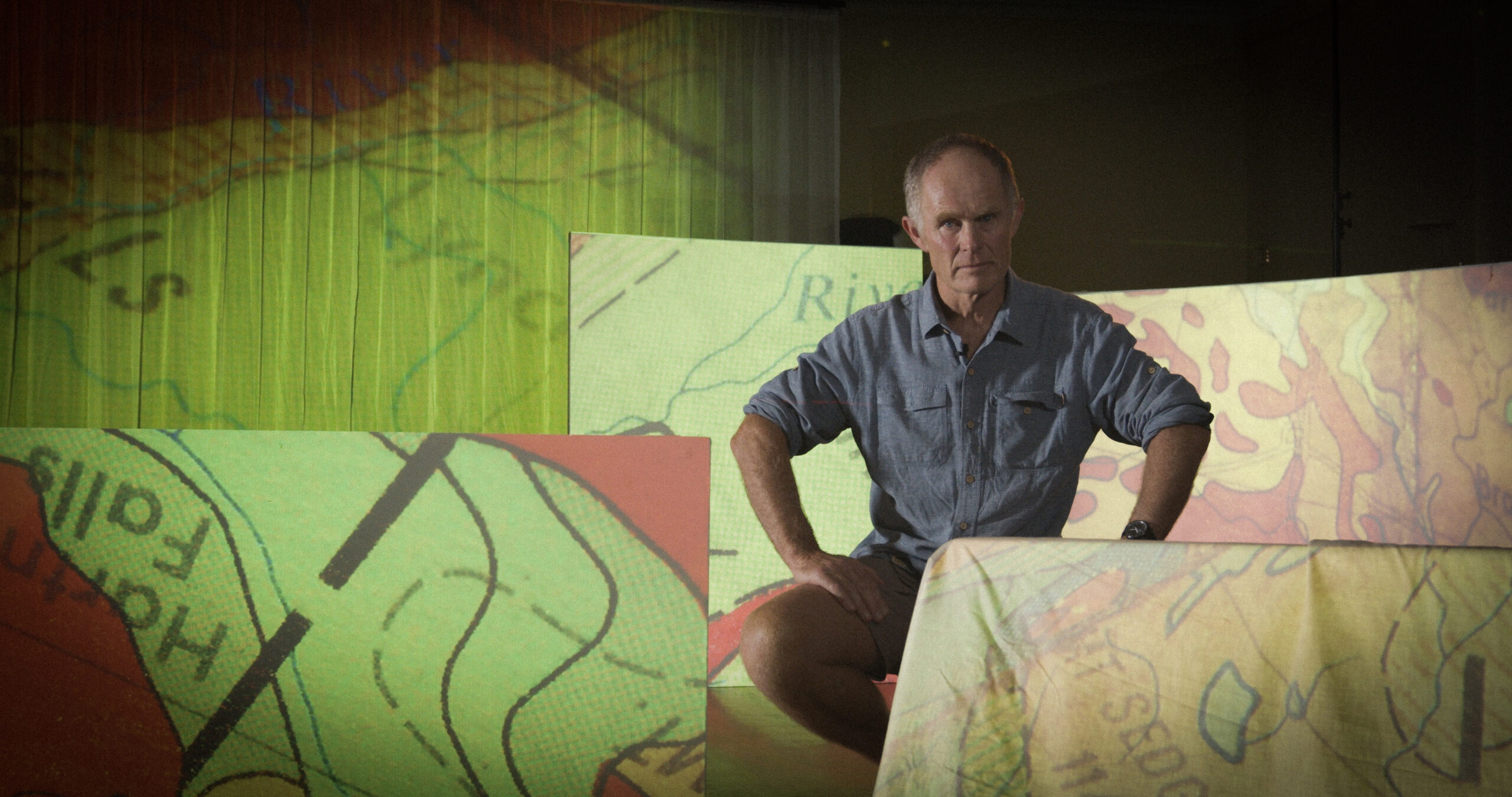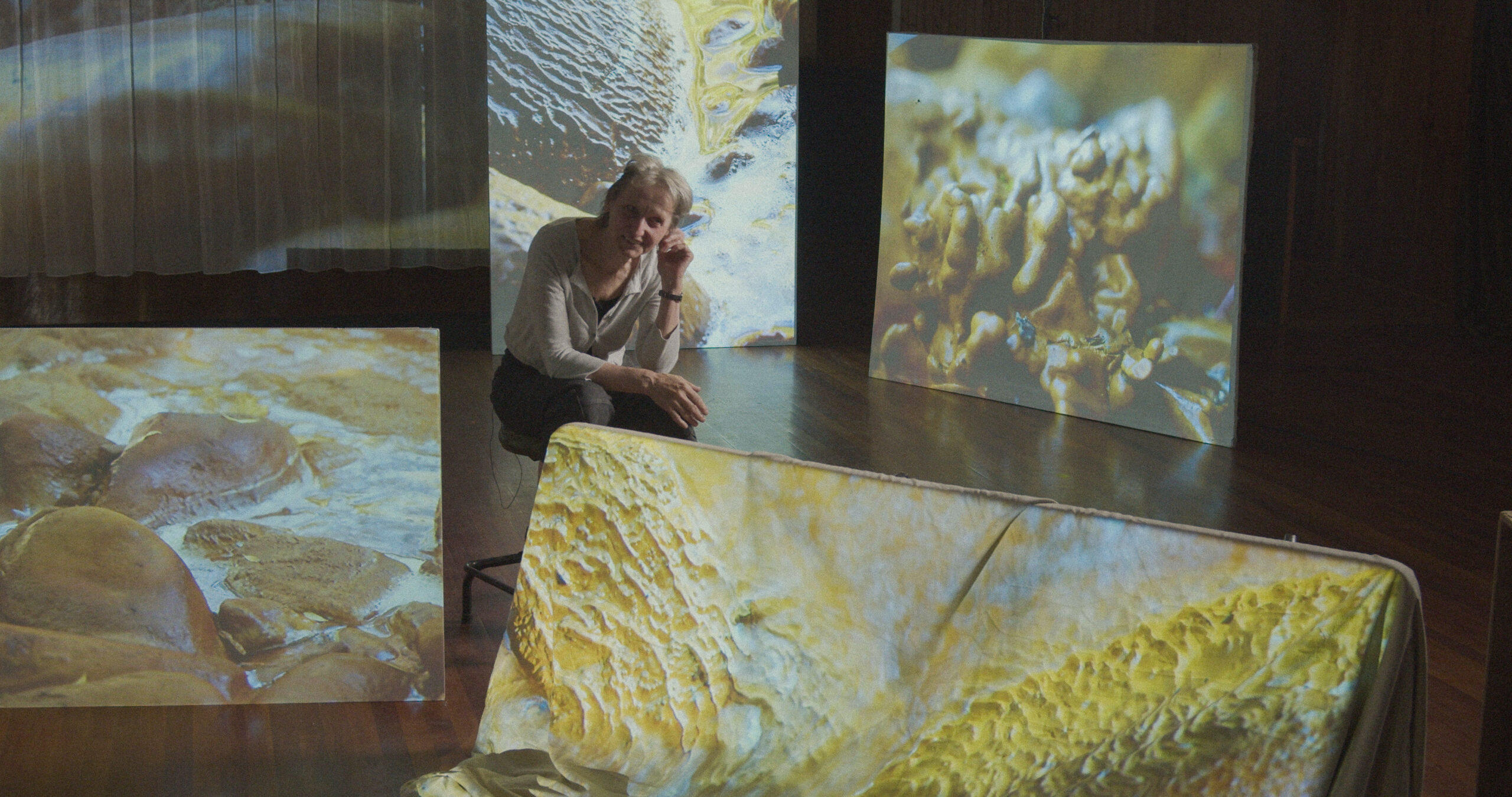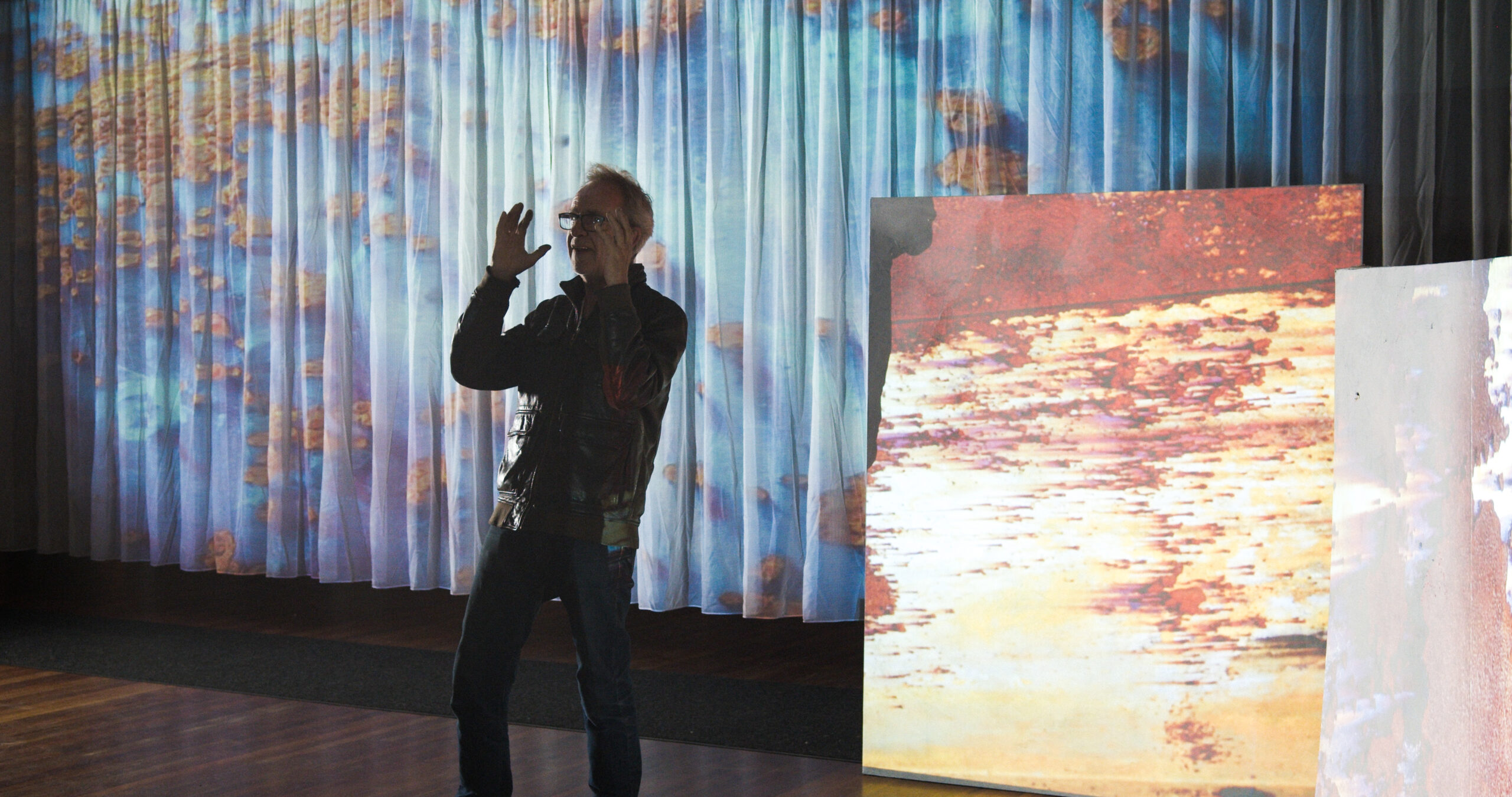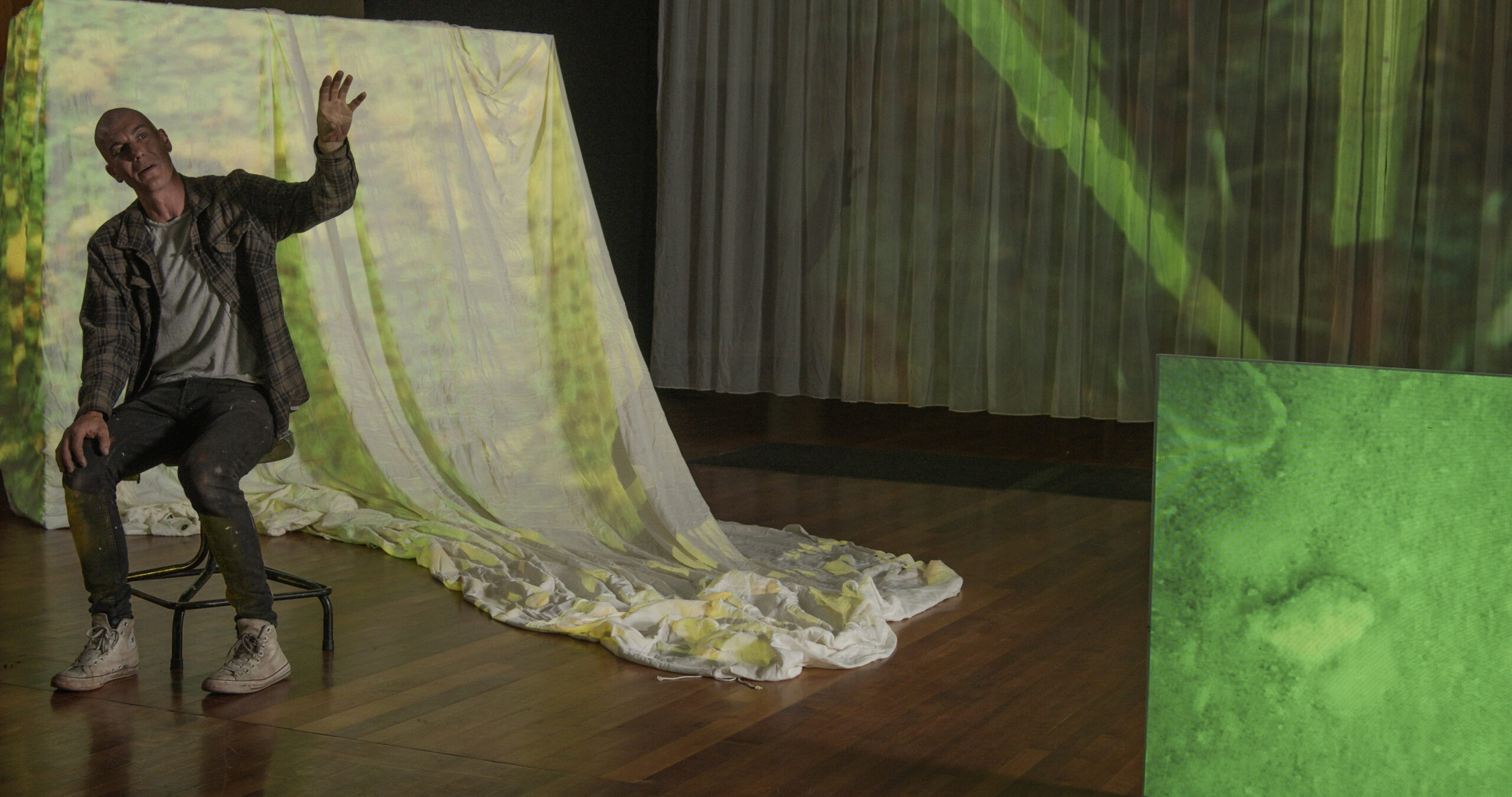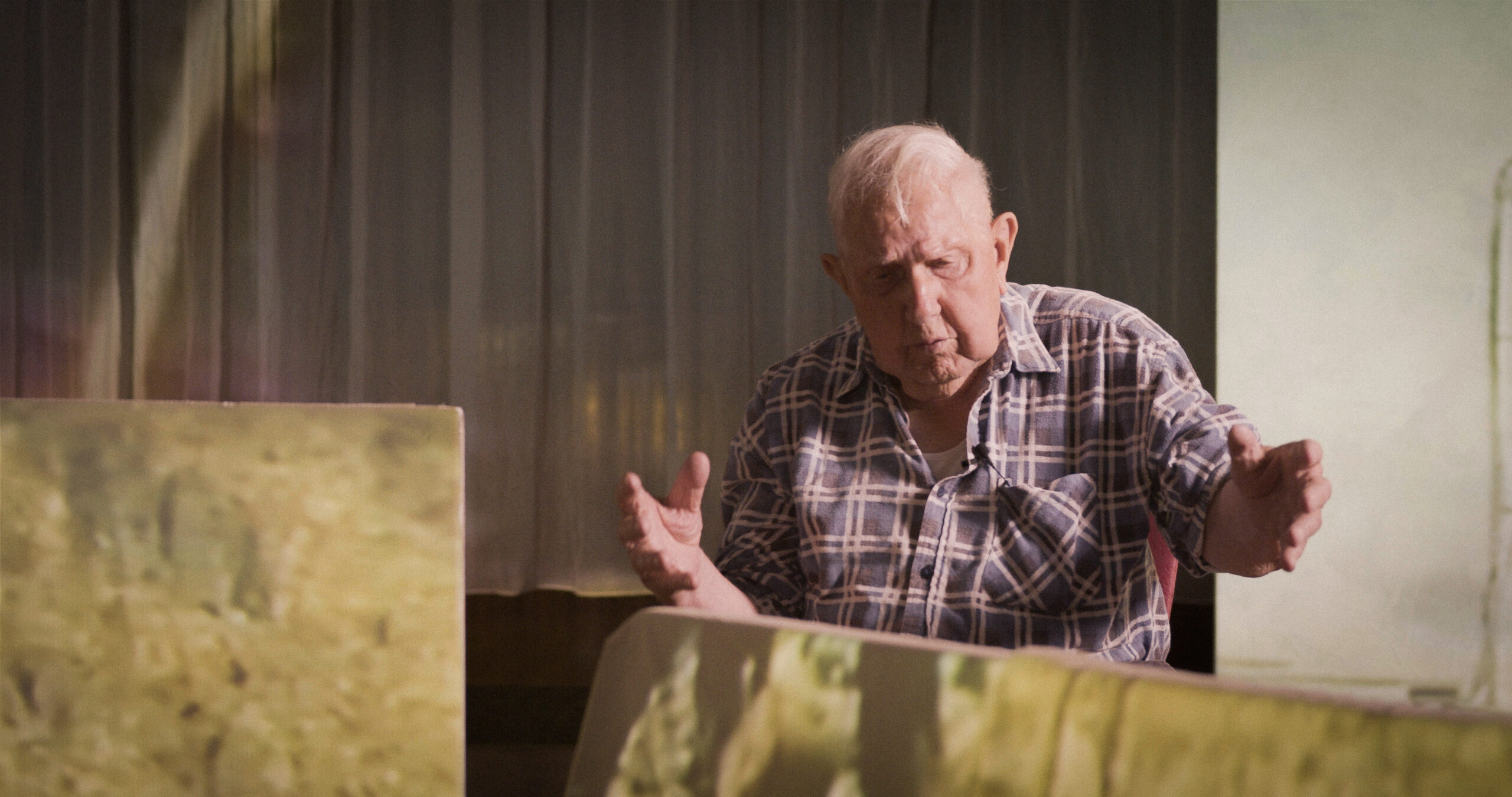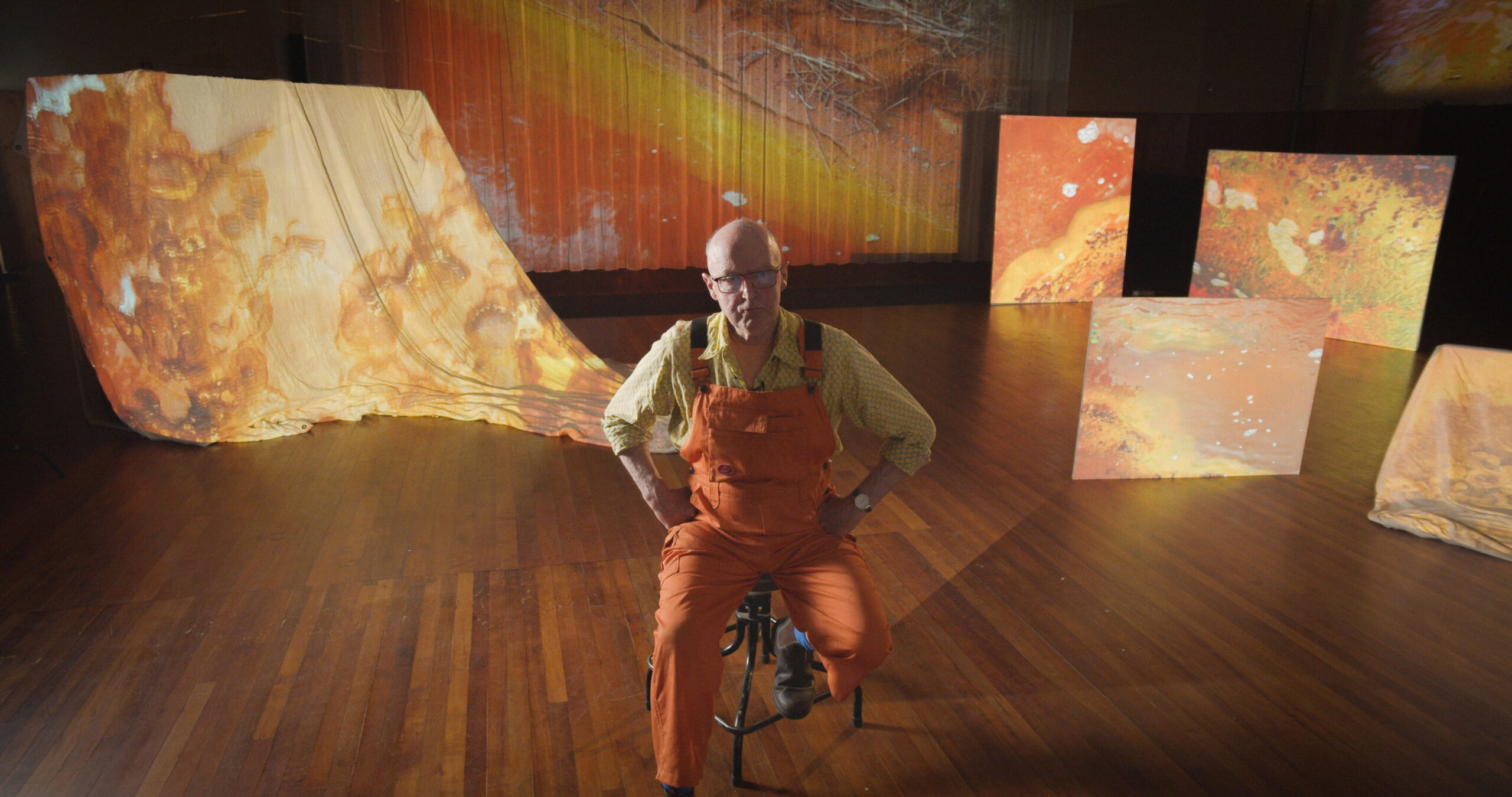About
In the post industrial landscape of Queenstown lies a river with millions of years of history. The last hundred years of gold fever, migration, poetry and acid rain have all left their traces.
Long May She Rain explores a town’s next phase of human-environment interaction, hearing from those that choose to live inside, and love, a place like nowhere else on Earth.
Part of GRiT Tasmanian Spirit on Screen
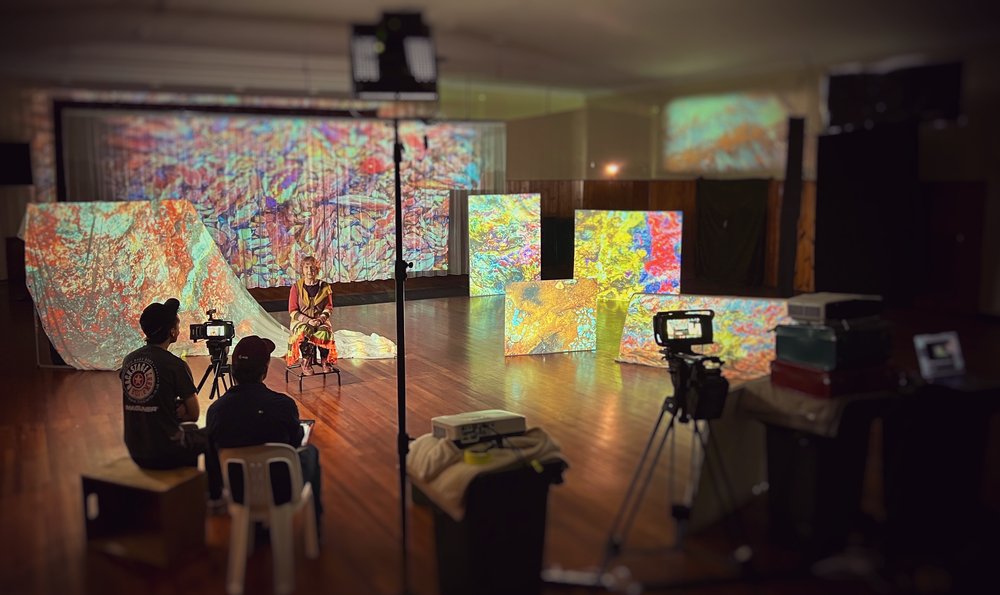
Director Statement:
This film is a short documentary exploration into the relationship between the remarkable people and landscapes of Queenstown Tasmania, with a particular focus on the Queen River, one of the most graphic reminders of human intervention in the area. Our aim is to create a work free of judgement, in which those with the greatest acquired knowledge have the chance to speak. As the single largest force in the state’s economy for over 100 years Copper Mines Tasmania has brought both wealth and damage. Now the place and the people of the West believe they are entitled to more than just shame and judgement of the industrial past, for which they were not as individuals personally responsible. This film gives them a chance to educate us, celebrate their resilience and ingenuity, and display genuine grit in the face of ever present change and upheaval.
Our intention is to give the locals who have lived through and alongside the river the chance to describe their reactions to its changes, history, and potential future. The team accompanied local artist Chris Wilson, who gathers minerals from old mine sites for use in her artworks, on a field trip to learn about the history and processes at work in the landscape, and visited and spoke with staff at the Galley Museum, which has extensive photographic and archival material. We also spoke with a representative of Vedanta (the current mine operator) about the historic, legal and environmental legacies, and potential future of the Mt Lyall mine in preparation for the interviews.
Our interviewees included river guides, artists, residents, elders and recent arrivals, who all have passionate and informed opinions and information. As 93 year old Bern told us “most important are the facts.”
To represent the way that humans and the landscape have worked on each other, we initially gathered a range of images from the area, focusing on repeating patterns in nature, from macro to micro, the startling colours and shapes formed by mining processes, minerals brought to the surface and forms and colours present in the river and surrounds. Historic maps were also photographed for their graphic potential with the kind consent of the Galley Museum. These images, processes and textures were then projected into a purpose-built installation housed in the Queenstown Memorial Hall, which became the backdrop for the interviews. As a further stage, the recorded images of the interviewees were then taken out on location, projected on natural surfaces around the river, and filmed again.
As Alex Moss, our projection designer said “I have learnt a lot about the area and the processes, but also now know how much left I have still to learn.” If we can instill this experience into the hearts and minds of the audience, then we will have succeeded in our aims.
– Ben Winspear
Production
Ben Winspear – Director
Marta Dusseldorp – Producer
Nick Maher – Producer
Leuke Marriott – Cinematographer
Alex Moss – Projection
Nick Maher – Editor
Pete Hay – Poet
Daniel Bourne – Composer
Dave Ortiz – Grade
Mike Gissing – Sound Recorder and Grade
Marta Dusseldorp – Reader
